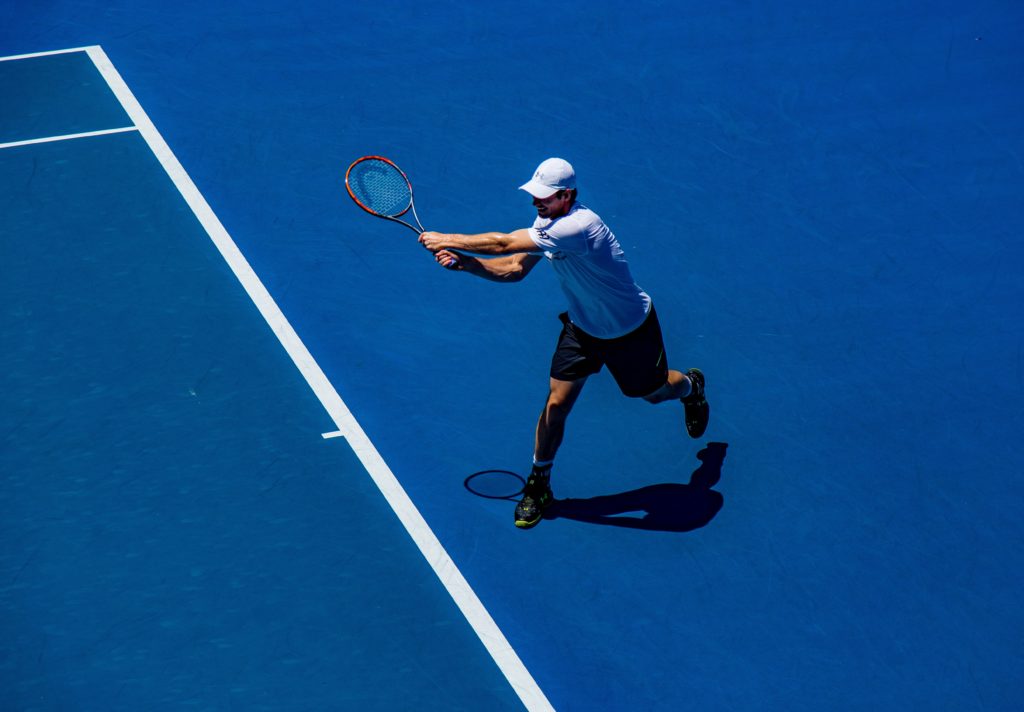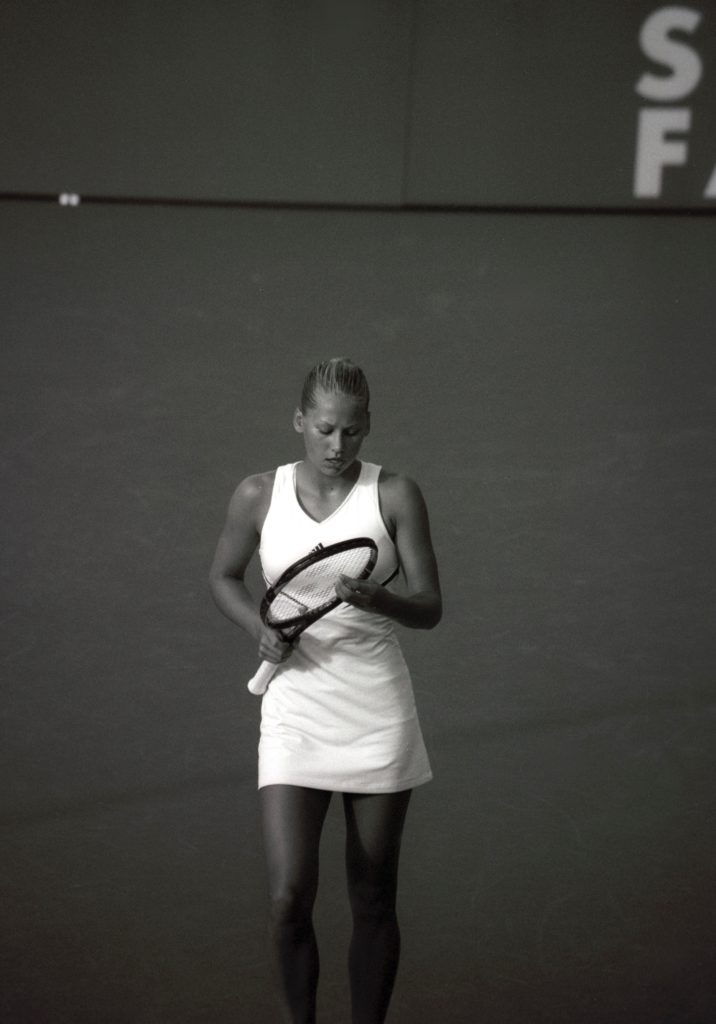
Collegiate tennis can be a highly competitive environment that forces athletes to understand their role on a team after many years of playing individually. In a sport that struggles to engage athletes in teams at the junior ranks, collegiate players are forced to learn the dynamics of connecting with peers during training, travel, competition, and collegiate life. Maximizing an individual’s success in the team competition format can be difficult for coaches as training sessions are frequently executed in team formats with some individual instruction being used. If an athlete wants to be the best on the team athletically they will need to have a high intrinsic motivation in order to succeed. Becoming a number one player on a team comes with its difficulties and pressures which some are not always accustomed to. Many athletes want to play at the top of a team line up but many do not have the physical, mental, emotional, and strategic tools to play at that level.
In many situations, a successful player at the top spot of the line will lead to success of the team overall. While many teams can win matches without dominant or successful results at the number one position, it is very difficult to win enough points in the other five positions to consistently win matches. A “true” number one player solidifies their position in the line up and role on the team
In this article will be discussing the attributes of the number one player as well as the role and responsibility that they have the on team.

What is the role of a number one player?
The role of responsibility for any athlete is an important to understand. While all athletes on a team need to be dedicated and focused, a number one player will inspire, lead, and motivate their team mates each and every day.
At one level this individual does not have to be any different than their team mates. There role is to follow all the team rules and expectations just like the rest. For a high level team a number one may not stand out when the team is studying together, eating, or training as all athletes on the team will be focused and putting in effort.
At another level though the number one player must act in ways that is representative of a leader and slightly more consistent in many ways. As they are typically the best player on the team they inherently have a role of responsibility that requires them to act in ways that inspires the rest of the team for success. A number one player who is mentally weak, lacks resiliency, but is the best tennis player doesn’t do much to inspire the rest of the team to fight for each point during the match. A mentally weak player can distract. Success at the number one spot is about results but is also about the qualitative intangible results that a player produces.
Here are 5 things a top player can do to see individual and team success.

1. Leading with purpose.
2. Thoughtful presence.
3. Be the first one off the court with a win or the last one off the court if you loose.
4. Wanting to be better: athletically, academically, psychologically.
5. Wanting others to be better.
1. Leading with Purpose:
Every part of the a “true” number one will be mindful of who they are and what they are working towards each day. No matter the context; academics, athletics, personally, and relational, a “true” number one will be intrinsically motivated to lead themselves to success and support others in the specific directions they need to achieve their goals and the goals of the team.
2. Thoughtful presence:
A leader, which a “true” number one is, will know themselves and know their team. They will be mindful of how their presence effects others, how others are motivated, and know the characteristics of successful achievement. A “true” number one will have awareness and knows that they can always impact the team in positive ways when they choose. They also can inadvertently constrict a teams success due to lack of effort, motivation, and thoughtful presence.
3. Be the first one off the court with a win or the last one off the court if you loose.
The art of competition is unique; winning quickly can spark momentum and excitement for a team and a prolonged battle of a match can instill hope. Winning quickly helps give a team momentum and puts points on the board toward a team win. Getting the job done quickly also helps a player sustain long term success over a weekend of competition and a season of matches. A “true” number one will finish a match off quickly when he/she is the dominant player or is having a good day of competition. Being focused on the goal and not being distracted by the score or the level of competition on the other side of the court is critical to leading well and inspiring a team.
On the other side, a long battle that ultimately ends in a loss shows the never give up attitude a “true” number one has. Fighting until the last ball is hit and the last point is won will inspire others to work diligently, persevere, and have hope for future success. Along with this competitive spirit a “true” number one will want to have the deciding match on their racket if the time requires. They will step up to the glory of success and be focused and gracious in the agony of defeat.
4. Wanting to be better: athletically, academically, & psychologically.
Every true number one knows that there is space for them to get better in each aspect of their lives. They do not fear failure but look at it as an opportunity to grow and make change in their life and in their ability levels. Getting better isn’t just a quantitative pursuit of more but of being a better individual.
5. Wanting others to be better together.
A team is only as good as the combined effort of each individual on it. Success individually doesn’t guarantee or even consistently correlate with a successfully winning team. Points scored toward a win have to come from a variety of positions and the doubles point. A “true” number one will seek out the development of each player on the team including him/herself. A number one player knows that without 4 points in each match (Division I) a team isn’t going to be successful.
A true number one also recognizes that he/she is going up against the best player on the opposing team night in and night out which effects the success rate and number of individual wins. Points have to come from all spots in the line-up and the development, and growth of every person on the team is, and needs to be highly important to the player.
A true number one player earns the opportunity to compete in that position every day. Who they are, how they carry themselves, and their goals gives them the opportunity to lead and compete. Playing the number one spot is not for every athlete. It is not just given, it is earned.
